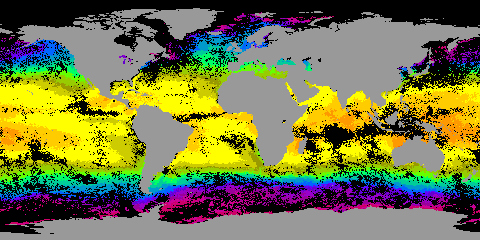Protecting coral reefs
Corals Tutorial

Coral reefs are some of the most biologically rich and economically valuable ecosystems on Earth. They provide food, jobs, income, and protection to billions of people worldwide. However, coral reefs and the magnificent creatures that call them home are in danger of disappearing if actions are not taken to protect them. They are threatened by an increasing range of impacts including pollution, invasive species, diseases, bleaching, and global climate change. The rapid decline and loss of these valuable, ancient, and complex ecosystems have significant social, economic, and environmental consequences in the United States and around the world.
In 1998, the President of the United States established the U.S. Coral Reef Task Force (USCRTF) to protect and conserve coral reefs. The USCRTF is responsible for mapping and monitoring U.S. coral reefs; researching the causes of coral reef degradation including pollution and overfishing and finding solutions to these problems; and promoting conservation and the sustainable use of coral reefs. As a principal member of the USCRTF, and as directed by the Coral Reef Conservation Act of 2000, NOAA has the responsibility to conserve coral reef ecosystems.
NOAA’s coral reef conservation efforts are carried out primarily through its Coral Reef Conservation Program (CRCP). Under this program, NOAA works with scientific, private, government, and nongovernmental organizations to achieve the goals of the CRTF.
Using high-resolution satellite imagery and Global Positioning Satellite (GPS) technology, NOAA has made detailed digital maps of reefs in Puerto Rico, the U.S. Virgin Islands, the eight main Hawaiian Islands and the Northwestern Hawaiian Islands. Satellite technology is also used to detect harmful algal blooms that can smother reefs and to monitor elevated sea surface temperatures, which can cause coral bleaching.
For over 20 years, NOAA’s Coral Reef Watch has used remote sensing, modeling and on site data to study coral reef ecosystems worldwide. Coral Reef Watch provides the only global early-warning system of changes to coral reef environments, allowing NOAA to predict coral bleaching events.
NOAA’s National Coral Reef Monitoring Program provides a framework for conducting long-term monitoring of biological, climatic, and socioeconomic indicators in U.S. coral reefs. The resulting data provide a strong picture of the condition of U.S. coral reefs and the communities that rely on them.
NOAA also monitors reefs using the Coral Reef Early Warning System (CREWS). This system consists of buoys deployed at reef sites that measure air temperature, wind speed and direction, barometric pressure, sea temperature, salinity, and tide levels. Every hour, these data are transmitted to scientists to help them understand conditions that may cause bleaching of coral reefs. In addition to the monitoring work conducted by satellites and buoys, NOAA conducts research, assessment, and restoration projects of coral reefs in marine reserves and among deep-sea coral banks. NOAA is also working to remove tons of marine debris from the Northwestern Hawaiian Islands and restore damaged reefs.
While NOAA has always worked on coral restoration, the Coral Reef Conservation Program now focuses on restoration as an official program area. Active and targeted restoration by creating new ways to outplants many corals at once and other interventions will reduce the decline of coral populations and support coral reef ecosystems in changing environmental conditions.
Monitoring, research, and restoration all are essential to safeguard coral reefs. However, to ultimately protect coral reefs, legal mechanisms may be necessary. One legal mechanism involves the establishment of marine protected areas (MPAs). Because MPAs have the added force of law behind them, a protected marine enclosure — such as a coral reef system — may stand a better chance for survival.